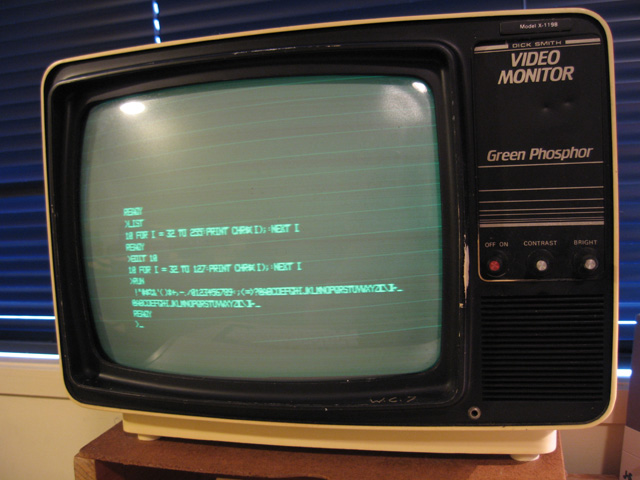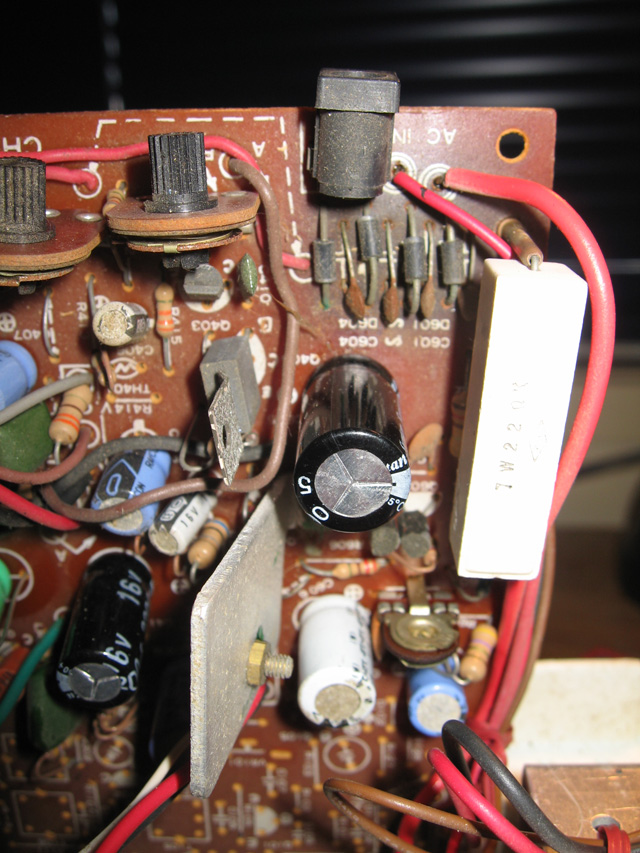tezza
Veteran Member
Hi guys,
I'm working through my System 80 haul at present.
I'm wondering if anyone has any thoughts on the symptom below. This composite monitor shows an image, but there are flickering lines across it as in the picture below. The text is not that clear either. Turning up the brightness and contrast also causes the characters to break up somewhat and lose further clarity.

I've got two of these. One works fine but this one does not. I'm not familiar with monitors and if I can't fix this one I might pass it on. If anyone recognises the symptom though, or just has some thoughts about it I'd love to hear them.
If it's a quick fix, I'll give it a go.
Tez
I'm working through my System 80 haul at present.
I'm wondering if anyone has any thoughts on the symptom below. This composite monitor shows an image, but there are flickering lines across it as in the picture below. The text is not that clear either. Turning up the brightness and contrast also causes the characters to break up somewhat and lose further clarity.

I've got two of these. One works fine but this one does not. I'm not familiar with monitors and if I can't fix this one I might pass it on. If anyone recognises the symptom though, or just has some thoughts about it I'd love to hear them.
If it's a quick fix, I'll give it a go.
Tez

